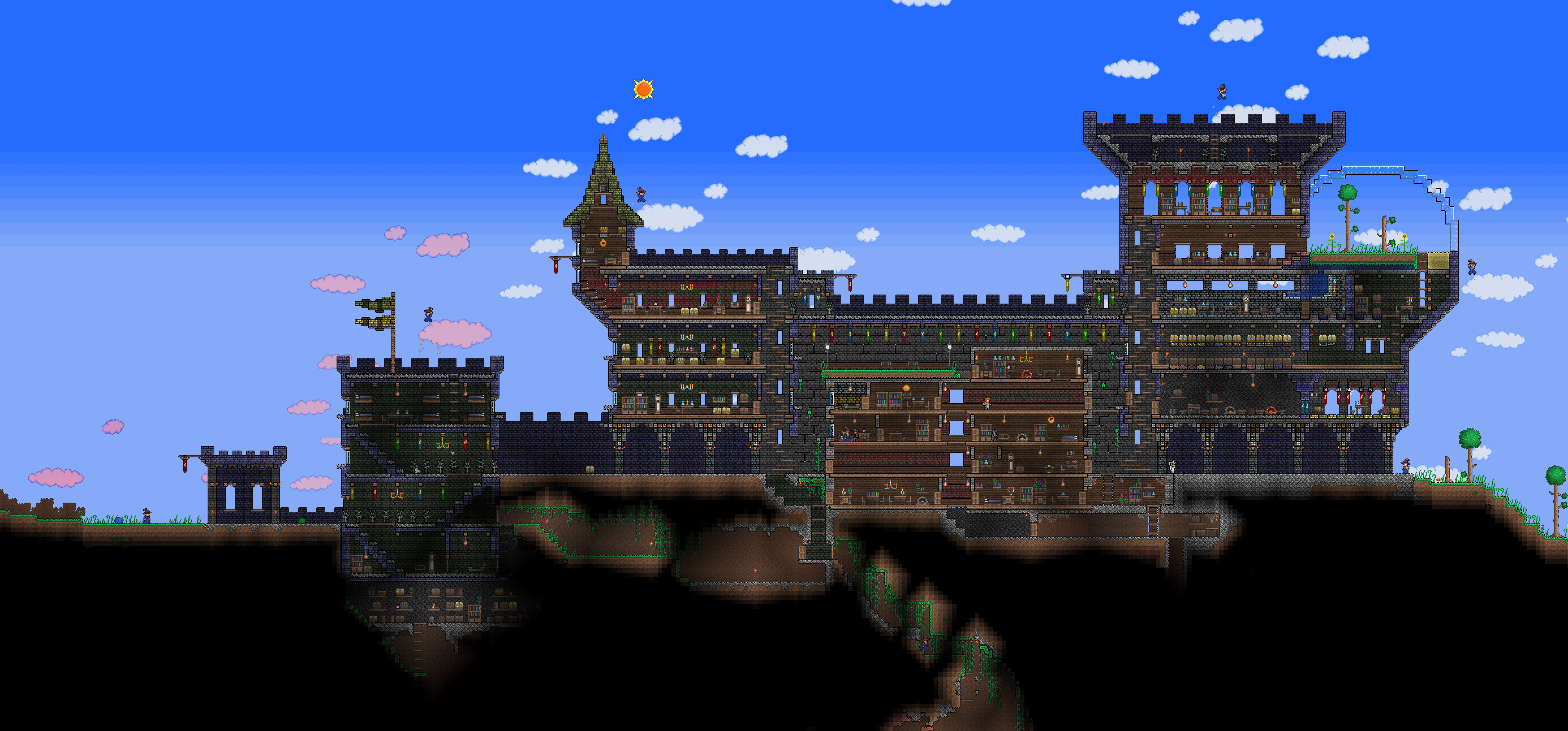Re-Mix
I want to write about Lawrence Lessig's Ted Talks video about re-mix and "laws that choke creativity," for a couple reasons: first, because the I find the idea of re-mix to be a very powerful and creative way of spreading a message or of communicating a "response to something" that has not been fully explored. Secondly, because I am not a fan of copyright laws. I believe that there is a lot of potential for the idea of re-mix that is really only beginning to be explored and will continue to develop into something that will become more and more common and mainstream. I also think that libraries may find use for this idea in children's programs that can involve creativity and literacy for both younger children and maybe young adults as well.
Before YouTube, there was (click link at your own risk, not always safe for work) Newgrounds. Newgrounds is a site primarily devoted to flash animations, many of them being created by amateur artists and many are parodies of existing cartoons, video game series, or pop-culture in general (featured at the time of writing this are at least three videos based on Pokemon, one on Zelda, and one on Monster Hunter). The humor in the videos is often rather coarse and juvenile, and for a good reason, the audience of the website tends to be younger and the creators of the videos may be anyone, of any age. The popularity that the site enjoys from its followers is primarily related to its videos that embrace the idea of re-mix, and this tends to be a younger crowd. Newgrounds can be seen as one of the early websites that really promoted re-mix, and allowed the idea to flourish into something far more diverse than only short Flash creations.
When I was in high school, I used to be a big fan of any video game that offered a level editor, and the more advanced and complicated the editor, then the happier I was with it. At the time I was also really into anything involving computers, and a majority of my day at school was spent in programming classes. When I would get home from school, I would immediately begin creating new maps for whatever game I happened to be playing at the time. I believe that my first experience with creating new maps was with Heroes of Might and Magic, a turned based strategy game that offered a fairly rich map editor. Gamers could use the editor to make maps unlike anything that came with the game; the maps could be large and complex enough to be their own games in-themselves with their own stories to play through.
Over the years I made maps for Quake, Unreal Tournament, Duke Nuke-em, and even an old DOS game called ZZT. ZZT was particuralry interesting to me because of the ability to create scripts for every object in the game, allowing for virtually endless possibilities in the creation of new interactions with the "environment." Of course, in this case it was a very old game that only involved ASCII characters that could be made to move around the screen. But the lack of any real graphics in the game was hardly a turn-off for me, because what was captivating about the game was the creation of new content and the re-imagining of the game-concept through the creation of new maps and scripts.
Two very popular video games today that have taken the idea of user-generated content and embedded them into the very games themselves are Minecraft and Terraria. In these games, the player gets to create and destroy the world around her using different tools to destroy, and minerals to create. The players in these games can create their own homes that can range from simple one-room structures, to elaborate castles, like this one:
Creation, and a sort of re-mix, are at the heart of many exciting trends in gaming as developers come to realize the importance of creativity in gaming.
This idea of re-mix is not restricted to only digital media or videos. In a creative-writing class, our professor assigned a project based around an idea of "discovering" poetry. The assignment itself was inspired by a book titled A Humument (you can see the project here, and click gallery), where an artist transformed an old book that he bought for a dime into something extraordinary. Our assignment for the class was to go through some old books and to "re-mix" them, in a sense. We had to create new poems discovered from the existing pages. My art skills are have not really changed since the time that I was in preschool, but none-the-less, you can see my efforts at this blog.
This project turned out to be one of my favorite assignments from that class because of the way that it made me re-vision many of the old books sitting on any bookshelf that I came in contact with. While sitting at the library, I would gaze at some of the dusty and out-dated science books, wondering what incredible poetry might be hidden inside their pages. This makes me think that it could be a great project for youth programs in libraries, and it wouldn't even require the destruction of any books. In fact, it could also be used to teach kids to use standard media and art computer programs, and so serve as a tool for improving computer literacy as well as a creative arts and poetry project. So long as the library has a scanner, kids would be able to scan pages from any of the old or new books on the shelves, preferably not already poetry books, but rather some genre not usually regarded as poetic, and then use any image-editing software to single out words and phrases in order to create new works.
#lis60001

Fascinating
ReplyDelete